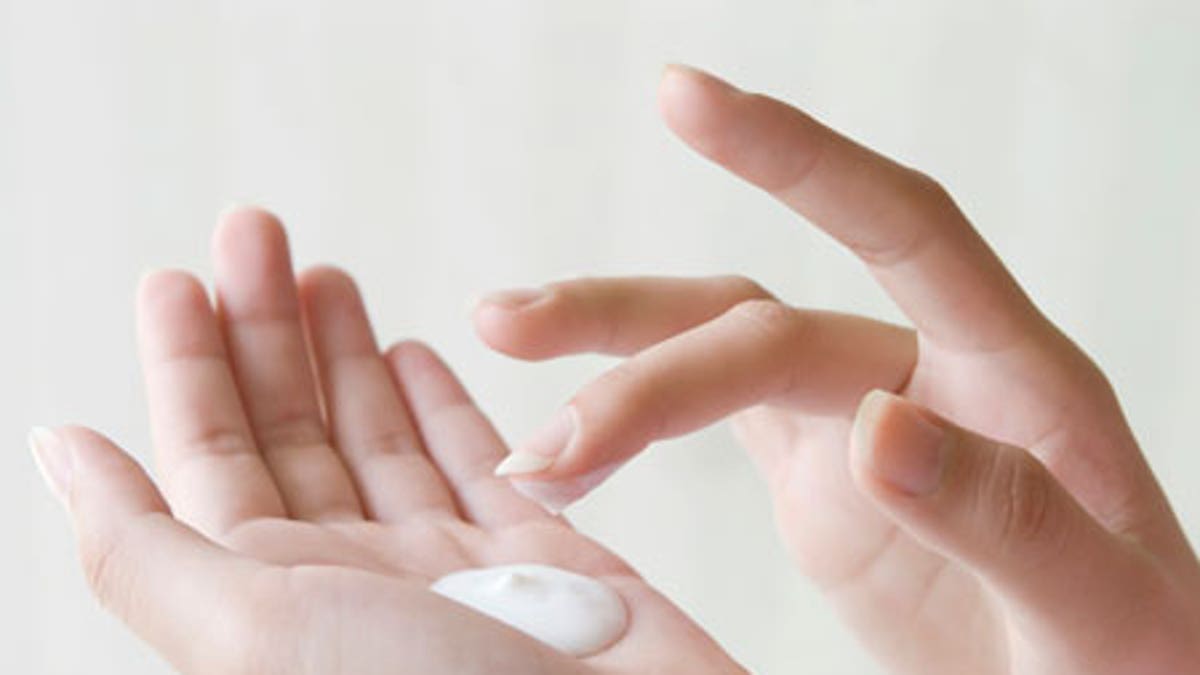
Amid some recent dour news about ingredients in personal care products causing diabetes and muscle weakness, Johnson & Johnson provided a rare bright light recently when they announced plans to remove dangerous chemicals – like formaldehyde – from their shampoos, lotions, facial cleansers, and more. It is a sweeping gesture, and one that other companies would be wise to mimic.
Late last year, J&J revealed they would begin eliminating toxins from their baby product line in the United States, in response to activists’ demands. The announcement, heralded as almost unprecedented, puts similar companies like Procter & Gamble in a precarious position: Will they drastically revamp their product lines too?
Problematic ingredients in personal care products are diverse, and they are many. A 2009 analysis by the Campaign for Safe Cosmetics highlighted the specific dangers of formaldehyde and another substance called 1,4 dioxane. Both have been linked to cancer, and neither is listed as an ingredient in products like shampoos and lotions because they are released or created by other ingredients over time, or during the manufacturing process.
These two substances are the focus of J&J’s elimination, but they’ve also pledged to get rid of phthalates, triclosan, most parabens, and several fragrance ingredients. In recent weeks, at least two of these chemicals have been linked to serious health problems in a wide range of products, drawing even more attention to what is a serious health crisis that almost no one is talking about.
Phthalates are most commonly found in nail polishes, hairsprays, and perfumes, but are also contained in electronics, toys, and some medication coatings. They are mainly used as plasticizers, and are extremely difficult to avoid.
According to new research, phthalates might also be linked with diabetes in women: The National Health and Nutrition Examination Survey found that women with the highest concentrations of two kinds of phthalates in their urine were nearly twice as likely to have diabetes as women with the least amounts of these chemicals.
If that’s not alarming enough, just a few days ago new information emerged about the chemical triclosan causing muscle weakness in fish and mice. Like phthalates, triclosan is ubiquitous, found in soaps, shaving cream, deodorant, toothpaste, lipstick, and in a seemingly endless list of household items, from cleaning products to bedspreads, according to the Environmental Working Group, a nonprofit organization that uses public information to protect public health and the environment. Like phthalates, triclosan is almost impossible to avoid without making a dedicated effort. Also like phthalates, triclosan has been linked with other health problems like cancer, developmental defects, and liver toxicity.
As J&J forges ahead with its commendable plan to overhaul its entire line in the name of consumer safety, I hope they live up to their word, and also that they have their products third-party tested and verified. Always be vigilant in the personal care items you put on or in your body, and protect yourself and your loved ones by checking out the Environmental Working Group’s “Skin Deep” Cosmetics Database, an easy-to-navigate website that offers online safety profiles of more than 75,000 personal care products and cosmetics. It’s unlikely the company manufacturing your favorite shampoo or body lotion cares as much about your well-being as you do.
